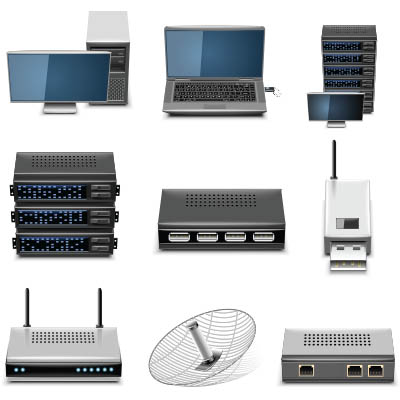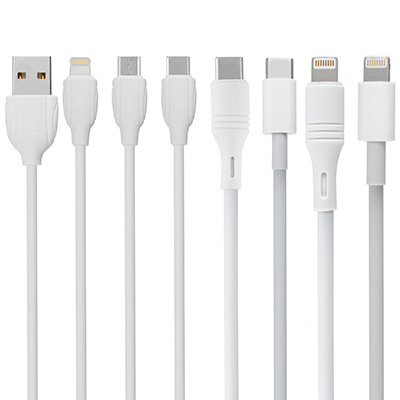VMware costs are soaring, and small and mid-sized businesses (SMBs) are feeling the pressure. Following Broadcom’s acquisition of VMware, a wave of licensing changes is forcing many longtime users to reevaluate their infrastructure strategy.
The daily grind is characterized by the feeling that you’re busy all day, but not necessarily “productive.” Your technology could influence this feeling and make the daily grind feel like a slog, but with the right approach to IT, you can focus on technology that empowers rather than overwhelms. How do you make this transition? That’s what we’ll discuss today.
Today (as of when this was posted) is Friday, so ideally, the feeling in the office would be one of happy anticipation for the weekend… but what if a server crashes, and work gets put on pause, but all the deadlines still stand? This would undoubtedly put a damper on the weekend, and that’s the least of your worries. Who’s going to fix the server? This kind of situation is precisely why modern businesses can’t afford to wait for things to go wrong, and need to have a resource on their side to proactively address these kinds of issues and catastrophes.
Your business runs on its network, and when your network hardware isn’t running up to speed, it can have a significant impact on business operations. It’s also far from the most interesting topic, and other parts of your business—like the software that makes and manages the products or services you provide—likely takes up the spotlight. Here are some of the common networking solutions that are often neglected and why they should be a priority instead.
From charging our phones to transferring those crucial presentation files, USBs are the unsung heroes of our digital world. Have you ever stopped to think about what’s actually going on inside that little connector? Let’s get down to brass tacks and explore the inner workings of this marvel of miniaturization.
- 1
- 2






